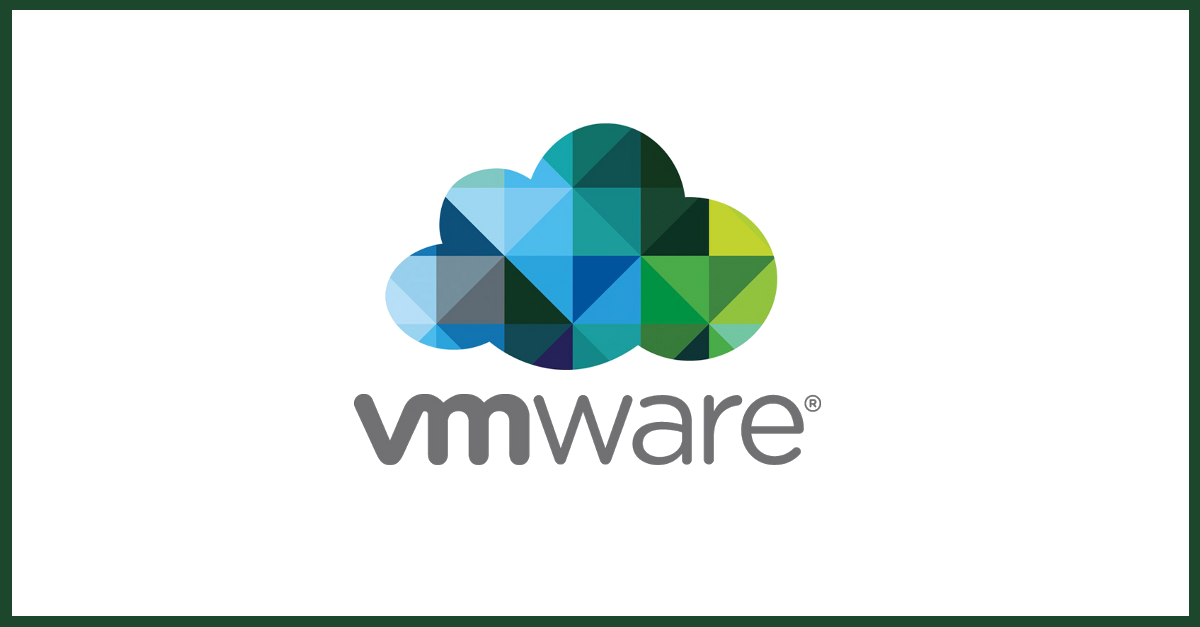Has your organization started integrating virtual infrastructure into your overall IT services plan? If not, a quote from Star Trek may be in order, “Resistance is futile.”
In today’s IT world, the likelihood that your organization is running some sort of virtualization solution is really high. Virtual infrastructure has been a buzz word around the computer industry for many years now.
One of the best things about virtualization is that there are many different solutions at the zero-dollar price point you can use to get started. This is both a blessing and a curse. The root of the problem is, with the number of solutions that are available, coming to a decision of what to use becomes more and more difficult every day. From a technology services perspective – I have but one recommendation for you, VMware. I fully admit it, while I have and currently use many other virtualization solutions; I am biased in the realm of enterprise solutions. Why? VMware is simply the most mature in this arena. Many other vendors have similar abilities up and coming in their respective product offerings, however, at the present time, VMware has technologies and solutions in their products that every of their competitors are scrambling to figure out how to integrate into their own solutions. The good news is, regardless of which product you start using, the underlying technology is the same; building a virtual machine on any of these platforms is essentially the same on any other. This is great because no matter whose product you start using, the foundation for any virtualization solution has already been established.
Since it is relatively easy to get started, many organizations already have some form of virtualization running – whether that solution is blessed by IT or not. Unfortunately, many organizations stop just after their initial steps into the virtual infrastructure world without really exploring how much more flexibility it can bring to their environment. Of course, in moving forward in this arena the idea of getting something for free is but a scant memory. Perhaps this is why many organizations stop. After all, they are getting good workable solutions from the free software. So the question really becomes, is it really that much more worthwhile to get the solution you have to pay for? To that I say, “Absolutely.”
I want to talk about three enterprise technologies that VMware offers in certain licenses that amount to the holy-grail of virtualization and should provide enough of a legitimate reason for any technology driven organization to move forward with a more robust virtualization environment.
VMware DRS or Distributed Resource Scheduling is at the top on the list. Frankly, this should be enough of a reason by itself. VMware DRS allows you to create a cluster of two or more hosts and dynamically distributing the load of your guests across your cluster, live, in real time without your users even noticing anything has changed. In a real world scenario, you might logically break up four guests among two host servers by putting two guests on each host. Assume that if one of those guests is an application server that gets really busy in the mid-morning and another guest that is your backup server and it gets really busy at night. Logically, you might want to put both those guests on one host in order to manually load balance that host. This is easy to do when you only have a few guests to worry about trying to manually schedule their periods of busiest activity. What happens when you get to ten or twenty guests? DRS solves this problem by constantly adjusting where your guests are running based on a definable set of rules and always trying to balance the load amongst the hosts in your cluster.
VMware DPM or Distributed Power Management is probably one of the coolest things that VMware offers and the item that is probably the least utilized by organizations. VMware DPM moves guests around based on activity, however, instead of load balancing your guests as with DRS, VMware DPM consolidates your guests during periods of inactivity in order to shut down unneeded hosts. In a real world example, at the end of the business day your mail servers and applications servers likely see a rather quick drop off in activity. They’re still running and you need them to still be available, but they are only using a small percentage of the CPU and memory resources they use during their periods of heavy utilization. Wouldn’t it make sense to move them to as few hosts as required and power down the unneeded ones? You can create some very complex rule sets with DPM in order to have it calculate how many hosts can be shut down at any given time. For example, maybe you have four VMware hosts in your cluster with twenty guests. It is entirely possible that during off hours, only one host is required to run all those guests. However, due to, perhaps paranoia, you have some guests that you never want to run on the same host. You can create an anti-affinity rule that would some of your guests to never run on the same host. In a very basic scenario, this would keep at least two of your hosts online at all times. The system is very flexible and can save a lot of money and really reduce the amount of heat generated in your server rooms.
VMware Fault Tolerance is the ability of a VMware cluster to run a guest on multiple hosts simultaneously allowing for near instantaneous fault mitigation. With VMware Fault Tolerance a single guest runs on two different hosts. One host runs the primary guest and another host runs the secondary guest. This setup allows for almost instant recovery from errors on either of the hosts. The only drawback to this solution is that there is a performance hit that must be taken into consideration. When using fault tolerance keep in mind you are essentially doubling the requirements for any guest you have running in this configuration. However, for your most critical servers, this configuration will allow for nearly uninterrupted availability. The one caveat to mention in regards to Fault Tolerance is that it cannot fix software or operating system problems. If the primary guest experiences a CPU halt or blue screen, the secondary guest will likely experience the same. Fault Tolerance provides host machine fault tolerance only.
These three technologies are available starting with the Enterprise VMware license, which is the middle-tier of their licensed solutions. My recommendation to any organization considering a licensed VMware solution is to start with Enterprise. If price is an issue or if your need revolves solely around centralized management of your VMware hosts, certainly the Standard license will get you into the game. However, for not too much more, you can move into the Enterprise solution and unlock the very powerful features discussed in this article.
Rusty Wyatt
SPK Network Engineer







